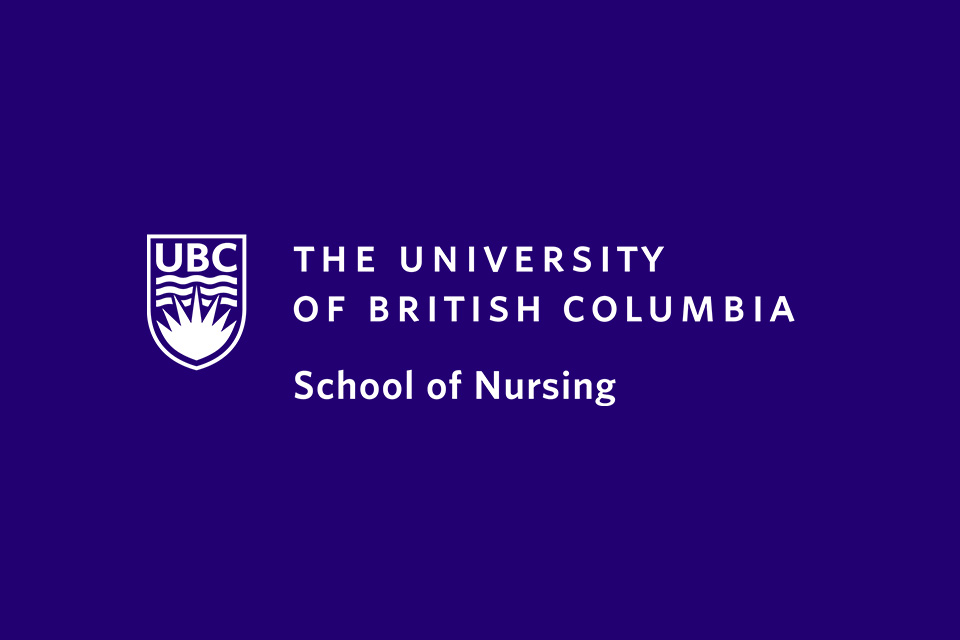
May 20, 2020
Nominated by her students and colleagues in recognition of her outstanding achievement as a teacher, Cheryl Segaric is the recipient of a 2019-2020 UBC Killam Teaching Prize. This coveted prize is usually presented at the Spring Congregation ceremonies, but with the reconfiguring of that event this year, the School of Nursing is celebrating this great honour from a distance. Congratulations Cheryl!
The Killam Teaching Prize recognizes excellence in teaching and is awarded annually to faculty nominated by students, colleagues and alumni. Killam scholars are individuals who have contributed, or are likely to contribute, “to the advancement of learning or to win distinction in a profession.” Since 1965, more than 2,000 students, faculty members and others at UBC have received support from the Killam Trusts.
“To be awarded a UBC Killam Teaching prize is an extreme honour,” says Cheryl. “I am so appreciative of the support from undergraduate and graduate students and colleagues in the School of Nursing and to the Killam Award committee. Teaching and preparing the nurses of the future is a privilege and something that I am very passionate about. I consider this award to be a capstone achievement in my over 35 years as a nurse educator and one that I will cherish always - mostly because this recognition comes from those I aim to serve - students!”
Cheryl notes that at one time her teaching philosophy was very much informed and influenced by a training/apprenticeship style and a teacher-centered approach. These days, her philosophy is based firmly on a foundation of partnership in the teaching and learning endeavor. “I consider my role as ‘teacher’ to be much more than the ‘holder of knowledge’ or expert in the field or subject matter but rather as facilitator, guide, mentor, role-model and co-learner – a perspective that is best summed up by W. B. Yeats as: ‘Education is not the filling of a pail, but the lighting of a fire’.”
In her teaching, Cheryl aspires to connect with every student in one manner or another; to actively engage them in the learning process with the intention of facilitating or supporting their intellectual, personal, spiritual and professional growth.
Below, Cheryl lays out the groundwork for her successful teaching style.
Three main sub-concepts guide my approach to teaching: caring, professionalism, and life-long learning.
Caring incorporates my intentions toward valuing each student as an individual with unique experiences, learning needs and styles, and motivations for engaging in continuing education. I strive to create a culture of mutual respect within the classroom so that students feel safe to share their perspectives while also developing their ability to remain open to other ideas and possibilities, to be able to reflect on their own beliefs and values and be willing to possibly challenge these in light of new and emerging knowledge.
Life-long learning as a concept encompasses both formal and informal learning. I believe that each time we engage with others, some version of learning occurs. Students often feel that they have to ‘know everything’ and while there are certain learning outcomes and expectations for evaluation purposes, it is important to understand that knowledge is not stagnant but rather a dynamic, emergent phenomenon. To this end I try to foster a sense of curiosity and creativity in students as well as develop their critical thinking skills – particularly in terms of prioritizing and critically analyzing information and, perhaps most importantly, learning where to find information (including that which they learn from their clients) to inform their decision-making in practice.
Caring and life-long learning are intimately linked to the notion of professionalism. As a nurse and as an educator I have strong values with regard to professional responsibility and I make every effort to spark passion among the students for upholding, indeed embodying the standards of professional practice in their education and in their practice. There are several ways that I try to do this, but one that students have noticed most often is the passion that I bring to the classroom. I make every effort to be as prepared as possible for classes; to bring the most accurate and up-to date information; to share my practice experiences through stories, examples and other narratives, and to invite students to do the same.
I believe in trying to make the classroom ‘come alive.’ That is to say that classes should be relevant and applicable to the students’ work in the field. I strongly believe in bringing practice to the classroom and ensuring that theory is relevant and applicable to practice, evidence-based and informs the provision of compassionate and competent care. This sometimes means being flexible and adapting teaching-learning plans to meet the ‘in the moment’ needs of students and/or addressing ‘teachable moments’ as they emerge.


